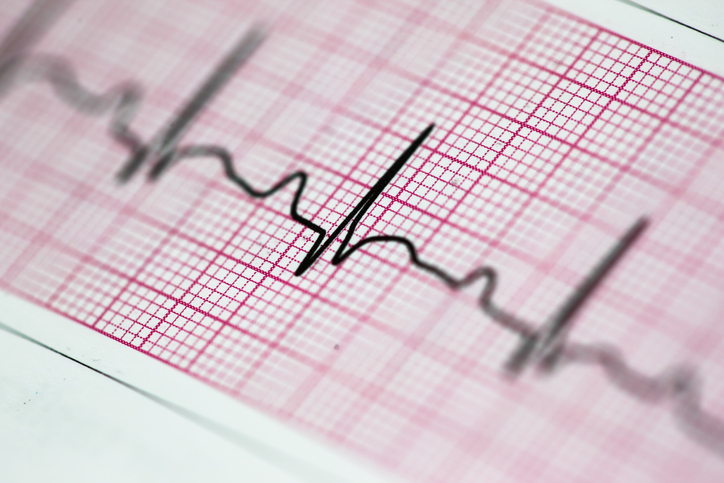Let us consider each in turn.
Heart Rate
Atrial fibrillation is an abnormal heart rhythm. With this rhythm, the heart rate may be normal, fast or even slow.
A sustained fast heart rate is not desirable. In order to control this, medication can be considered and these are beta blockers or calcium channel blockers. Sometimes additional medication is required to control heart rate in AF.
These medications are well tolerated and act to slow overall heart rate. Beta blockers and calcium channel blockers can also control blood pressure.
Where this approach is adopted, AF remains and a faster heart rate is controlled.
Heart Rhythm
This involves restoration of a normal rhythm and its maintenance (hopefully)
- Medication
- Catheter ablation
- Direct current cardioversion (DCCV or ‘cardioversion’)
Medication
The medications to control heart rhythm act to:
- Prevent episodes of AF where this comes and goes (paroxysmal AF). This is often combined with a rate slowing medication. For paroxysmal AF, medication can be advised regularly or ‘Pill in pocket’ where it is taken as needed.
- Maintain sinus rhythm in those with AF all of the time (persistent AF) where sinus rhythm is being restored. The most common medication used in this scenario is not recommended for a younger population indefinitely due to side effects that occur years after it has been commenced. Long term side effects can include liver and lung scarring, thyroid dysfunction, small deposits on the cornea of the eye, rashes in the sunlight. It is useful and acceptable in these scenarios:
- In persistent AF, for a few months, around the time of ablation to maintain a normal rhythm
- Following DCCV (cardioversion) in the octogenarian population indefinitely to maintain sinus rhythm
Catheter Ablation
Catheter Ablation is a definitive treatment for AF meaning that it allows long-term restoration of sinus rhythm.
Catheter ablation is generally for symptoms, although there may be other scenarios where we advise this.
This is a procedure whereby we enter the heart from the groin and commonly freeze (cryoablation) or burn (radiofrequency ablation) a region of the heart, close to the pulmonary veins that trigger AF. Ablation causes scar tissue to form thus providing a barrier preventing electrical impulses (that is, AF) entering the heart from the pulmonary veins.
It can be performed as a day case with local anaesthetic and sedation or indeed a general anaesthetic.
As with all procedures, it does come with a risk profile, albeit small. These include bruising or bleeding at the top of the leg, blood into the sac around the heart that requires draining, stroke and heart attack, temporary damage to the phrenic nerve. There are also some rarer risks. Great care is taken to avoid or mitigate such risks. For more information on the risks of ablation, read this article.
There is a chance of needing more than one procedure dependent of a variety of factors.
DCCV (Direct Current Cardioversion)
This is a shock delivered to the heart where AF is present all of the time to restore sinus rhythm. On its own, it is not a treatment. It is used in the following scenarios:
- To understand if there is symptom improvement in a normal rhythm with a view to performing catheter ablation if there is. Some symptoms associated with AF can be insidious and so a DCCV acts as a test.
- Together with amiodarone in an older population for long term maintenance of sinus rhythm.

